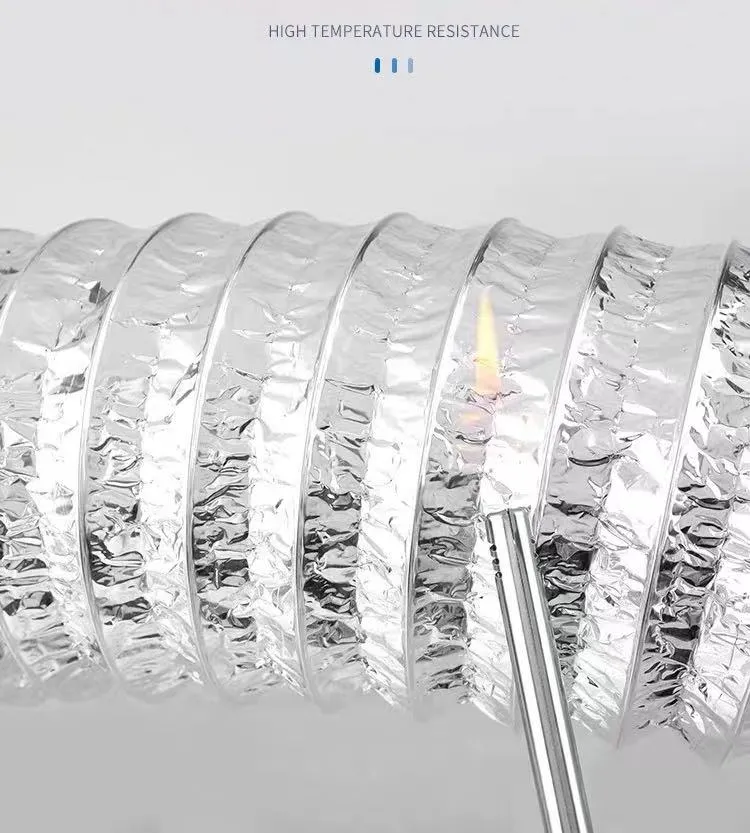Enhancing PVC Durability with Fiber Reinforcement Technologies for Improved Performance
The Benefits and Applications of Fiber-Reinforced PVC
Fiber-reinforced PVC (Polyvinyl Chloride) is an innovative composite material that combines traditional PVC with various types of fibers to enhance its mechanical properties and overall performance. This advancement in material science has led to a proliferation of applications across a diverse array of industries, from construction and automotive to consumer goods and textiles. Understanding the advantages of fiber-reinforced PVC can illuminate why it is becoming a preferred choice for many manufacturers and designers.
The Benefits and Applications of Fiber-Reinforced PVC
In addition to strength, fiber-reinforced PVC also boasts improved thermal and chemical resistance. The fibers contribute to a material that can withstand extreme temperatures and exposure to various chemicals without significant degradation. This property is invaluable in industrial settings, where materials are often subjected to harsh environments. As a result, fiber-reinforced PVC is increasingly utilized in manufacturing tanks, containers, and other equipment designed to handle corrosive substances.
fiber reinforced pvc

The lightweight nature of fiber-reinforced PVC is another significant advantage. Compared to traditional materials like metal or concrete, PVC composites are considerably lighter, making transportation and installation more efficient and cost-effective. This lightweight characteristic also benefits the automotive industry, where reducing vehicle weight contributes to improved fuel efficiency and performance. Automakers increasingly incorporate fiber-reinforced PVC in components such as dashboards and body panels, where lower weight is a critical factor.
Sustainability is an important consideration in modern material usage, and fiber-reinforced PVC is no exception. With the growing emphasis on eco-friendly practices, manufacturers are exploring bio-based fibers to reinforce PVC, which can help reduce the environmental footprint of the final product. Natural fibers, such as jute or hemp, not only add strength but also promote sustainability by utilizing renewable resources. This trend aligns with the broader shift toward greener manufacturing processes and products.
Moreover, the versatility of fiber-reinforced PVC allows for customization in its application. Manufacturers can adjust the type and dosage of fibers to optimize performance characteristics for specific needs. This adaptability allows designers and engineers to create tailored solutions for unique applications, enhancing the functionality and aesthetic appeal of products.
In conclusion, fiber-reinforced PVC represents a significant advancement in material technology, providing a combination of strength, durability, lightweight characteristics, and versatility. Its applications are vast, impacting various sectors, including construction, automotive, and industrial manufacturing. As the demand for high-performance materials continues to grow, the role of fiber-reinforced PVC is likely to expand, backed by ongoing research and development. As manufacturers seek innovative solutions to meet sustainability goals and performance standards, fiber-reinforced PVC stands out as a material with a promising future.
-
Top Quality Oxy Acetylene Hoses for Sale Fit for Welding DemandsNewsJul.28,2025
-
The Future of Pneumatic Air Tubes in IndustryNewsJul.28,2025
-
Superior and Reliable LPG Hose Pipe Solutions for Every NeedNewsJul.28,2025
-
Exceptionally Durable and Versatile Premium Braided PVC TubingNewsJul.28,2025
-
Best Adapters for Connecting Garden Hose to PVC Pipe ConnectionsNewsJul.28,2025
-
The Essential Role of LPG Hoses in Safe and Efficient Gas DistributionNewsJul.16,2025














